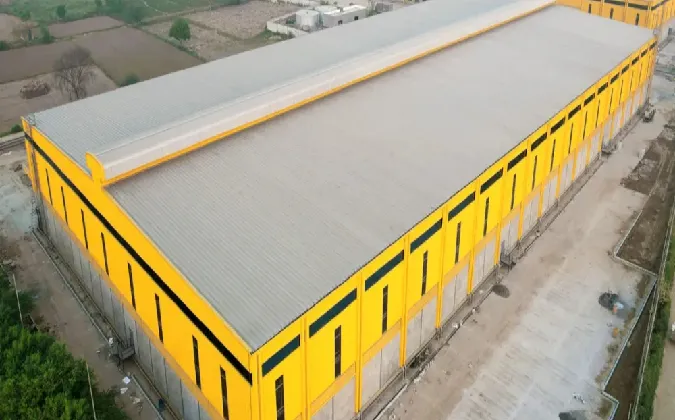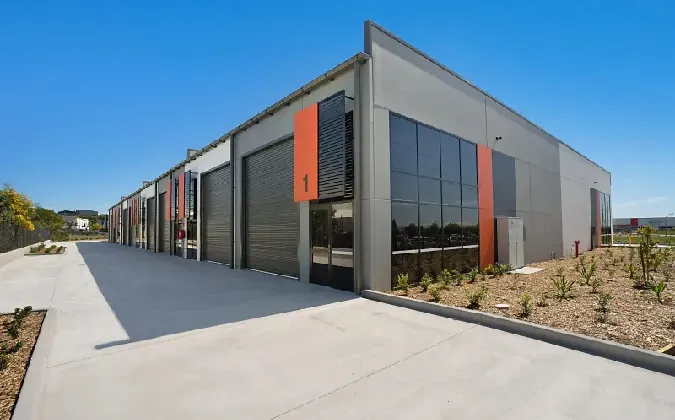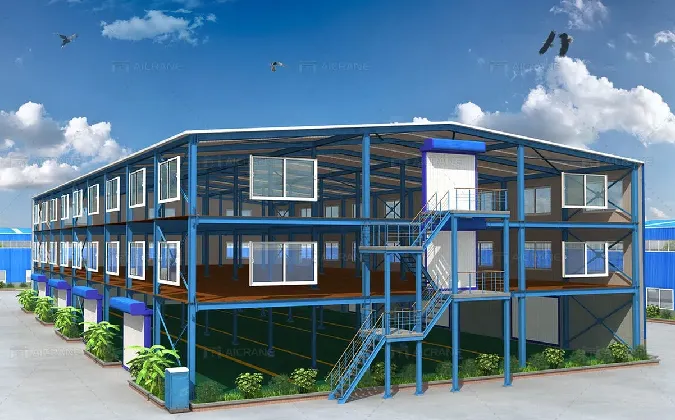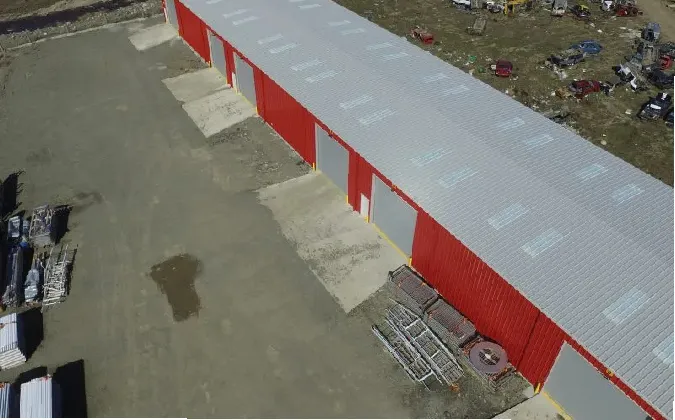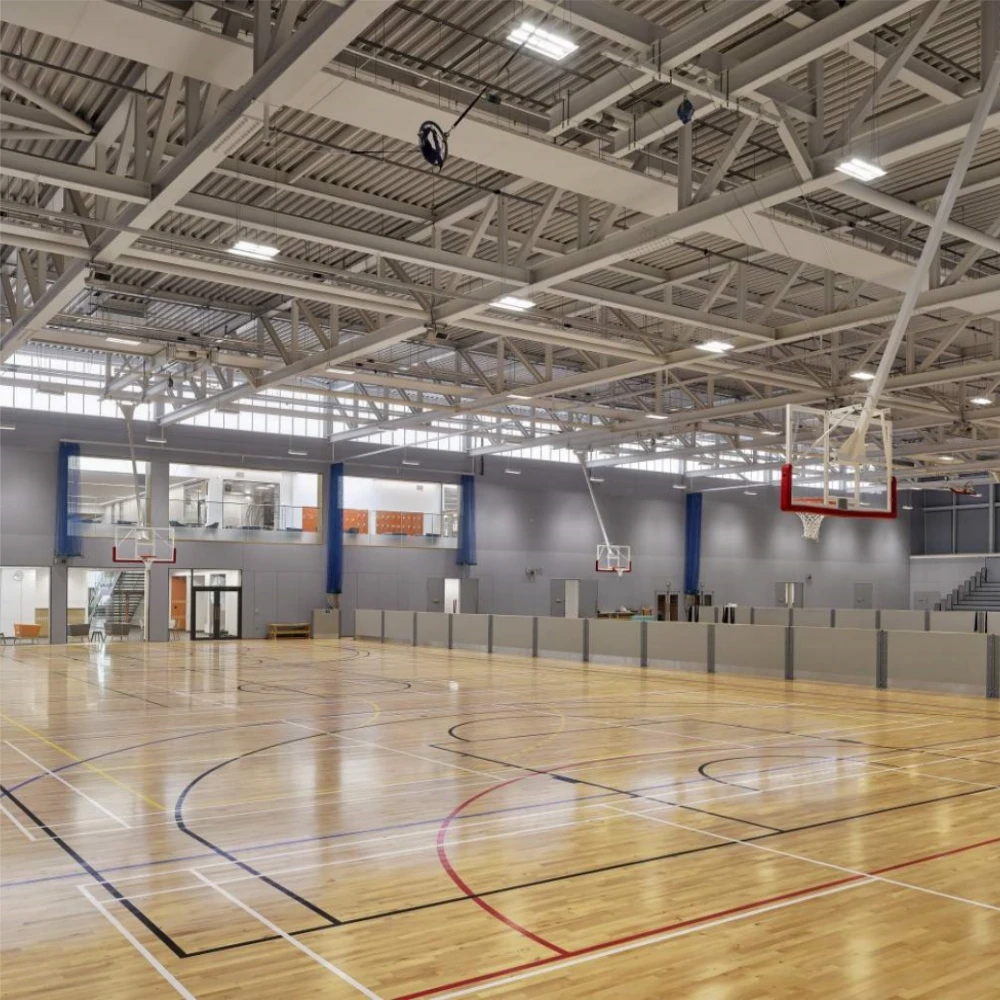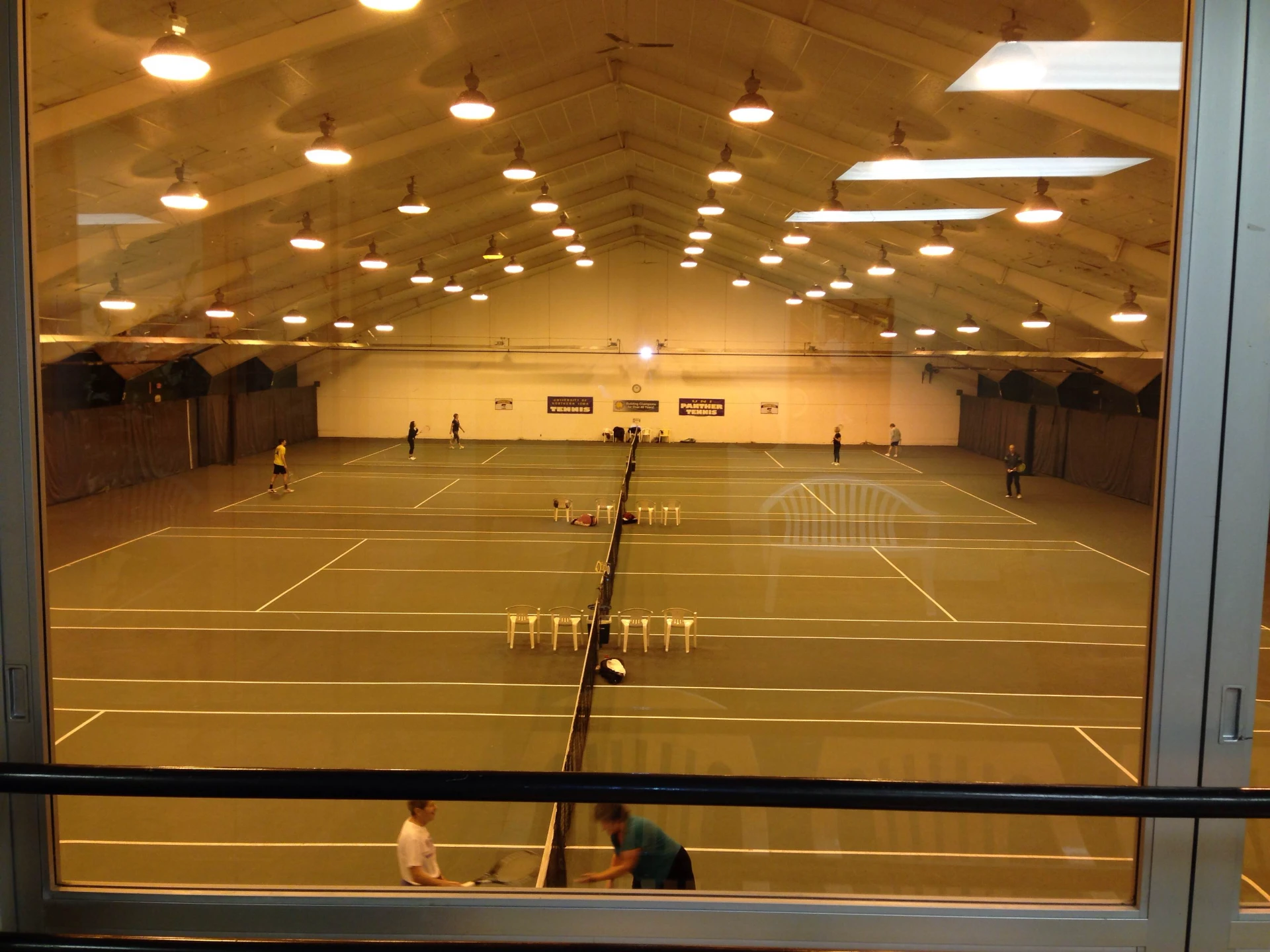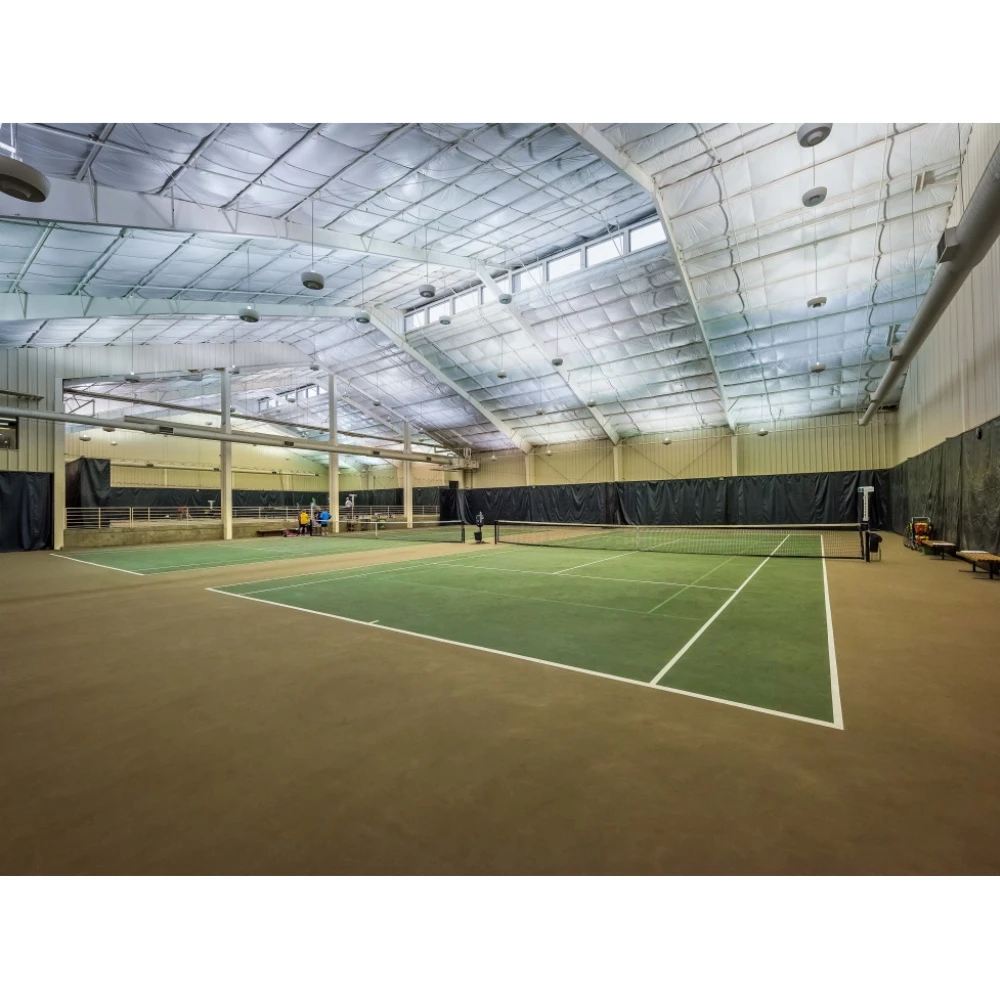- Afrikaans
- Albanian
- Amharic
- Arabic
- Armenian
- Azerbaijani
- Basque
- Belarusian
- Bengali
- Bosnian
- Bulgarian
- Catalan
- Cebuano
- Corsican
- Croatian
- Czech
- Danish
- Dutch
- English
- Esperanto
- Estonian
- Finnish
- French
- Frisian
- Galician
- Georgian
- German
- Greek
- Gujarati
- Haitian Creole
- hausa
- hawaiian
- Hebrew
- Hindi
- Miao
- Hungarian
- Icelandic
- igbo
- Indonesian
- irish
- Italian
- Japanese
- Javanese
- Kannada
- kazakh
- Khmer
- Rwandese
- Korean
- Kurdish
- Kyrgyz
- Lao
- Latin
- Latvian
- Lithuanian
- Luxembourgish
- Macedonian
- Malgashi
- Malay
- Malayalam
- Maltese
- Maori
- Marathi
- Mongolian
- Myanmar
- Nepali
- Norwegian
- Norwegian
- Occitan
- Pashto
- Persian
- Polish
- Portuguese
- Punjabi
- Romanian
- Russian
- Samoan
- Scottish Gaelic
- Serbian
- Sesotho
- Shona
- Sindhi
- Sinhala
- Slovak
- Slovenian
- Somali
- Spanish
- Sundanese
- Swahili
- Swedish
- Tagalog
- Tajik
- Tamil
- Tatar
- Telugu
- Thai
- Turkish
- Turkmen
- Ukrainian
- Urdu
- Uighur
- Uzbek
- Vietnamese
- Welsh
- Bantu
- Yiddish
- Yoruba
- Zulu
Aug . 11, 2024 03:06 Back to list
The Rise of Prefabricated Building Factories
In recent years, the construction industry has witnessed a transformative shift towards prefabrication, a method that involves assembling building components off-site in a controlled factory environment before transporting them to the construction site for final assembly. Prefab building factories have emerged as a crucial player in this evolving landscape, bringing numerous benefits to the table.
At its core, prefabricated construction optimizes both time and efficiency. Traditional construction methods often lead to delays due to factors such as weather conditions, labor shortages, and material supply issues. In contrast, prefabricated buildings are constructed in controlled factory settings, minimizing the risk of disruption from external factors. This streamlined process allows for a significant reduction in construction times, with projects being completed in a fraction of the time required by conventional methods. For instance, modular buildings can be assembled in weeks rather than months, promoting rapid deployment for various applications, including residential, commercial, and industrial buildings.
The Rise of Prefabricated Building Factories
Moreover, prefabrication is an environmentally friendly alternative to traditional construction practices. By utilizing factory settings, manufacturers can optimize material usage, reduce waste, and recycle unused materials more effectively. Furthermore, the modular nature of prefabricated buildings often results in a smaller carbon footprint. The shorter construction duration means less heavy machinery and fewer transport emissions on-site, aligning with global efforts to combat climate change and promote sustainable practices.
prefab building factory

The economic implications of prefab building factories are equally noteworthy. As demand for affordable housing and quick construction grows, these factories provide an efficient solution to meet that need. The lower labor costs associated with factory production, combined with reduced construction times, translate into significant savings for developers and investors. Consequently, the affordability of housing is eventually passed down to consumers, addressing pressing issues in urban areas where housing shortages are prevalent.
In addition to economic and environmental advantages, prefabricated building factories also offer flexibility and customization. Modern prefabrication techniques allow for diverse architectural styles and designs to cater to varying preferences and needs. Whether it’s a sleek modern home or a functional office space, prefab buildings can be tailored to meet specific requirements, making them an attractive option for architects and homeowners alike.
Despite these benefits, challenges remain in mainstreaming prefabricated construction. Misconceptions about aesthetics and durability persist, with some believing that prefab homes lack charm or resilience compared to traditional structures. Addressing these stereotypes through innovative designs, successful projects, and education will be essential to change public perception.
In conclusion, prefabricated building factories represent a pivotal evolution in the construction industry. With their emphasis on efficiency, quality, sustainability, and economic viability, they are well-positioned to meet the challenges of modern construction demands. As the world moves towards a future where housing and infrastructure must be both accessible and sustainable, prefab building factories could very well lead the way in shaping a new era of construction.
-
How Do Prefabricated Steel Structures Transform Modern Construction?
NewsJul.14,2025
-
How Do Prefabricated Metal Buildings Redefine Modern Construction?
NewsJul.14,2025
-
How Do Prefab Insulated Metal Buildings and Steel Structures Revolutionize Modern Construction?
NewsJul.14,2025
-
How Do Pre - Engineered Steel Structures Redefine Modern Construction?
NewsJul.14,2025
-
Advancing Modular Construction with Prefabricated Metal Structures
NewsJul.14,2025
-
Advancing Industrial Infrastructure with Prefabricated Steel Solutions
NewsJul.14,2025
Products categories
Our Latest News
We have a professional design team and an excellent production and construction team.





